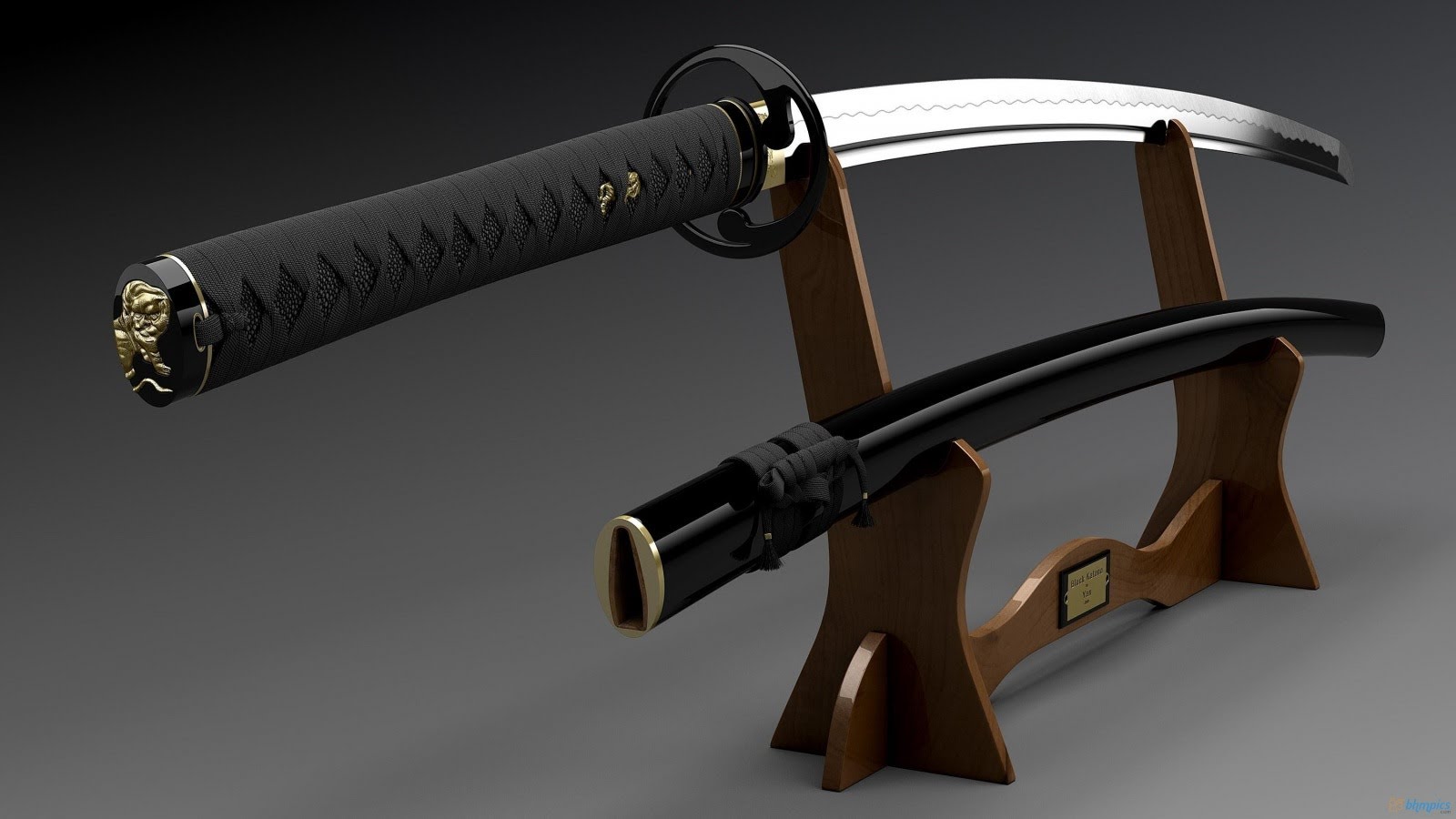The katana, a traditional Japanese sword, has left an indelible mark on the country’s martial tradition, embodying a harmonious blend of artistry, spirituality, and deadly efficiency. Originating in the feudal era of Japan, the katana has transcended its role as a mere weapon to become a symbol of the samurai’s code of honor, known as Bushido. Its impact on Japanese martial tradition is profound, shaping not only the techniques of swordsmanship but also the philosophy that underpins the martial arts. The katana’s design reflects a meticulous balance between form and function. Crafted with precision by skilled swordsmiths, the blade is renowned for its sharpness and resilience. The forging process itself is considered an art form, with a spiritual dimension that involves the infusion of the swordsmith’s soul into the metal. The curvature of the blade, known as the sori, contributes to the katana’s exceptional cutting ability, allowing for swift and precise strikes.

The katana sword impact on Japanese martial tradition extends beyond its physical attributes to the philosophical realm. In the hands of a skilled practitioner, the katana is not merely a tool for combat but a manifestation of discipline, respect, and spiritual awareness. Samurai, the elite warrior class of feudal Japan, considered their swords as an extension of their own bodies and souls. The discipline required to master the katana was not confined to the physical realm; it demanded mental fortitude and a deep understanding of Bushido. The philosophy of Bushido emphasizes virtues such as loyalty, honor, and self-discipline. The katana, as an integral part of the samurai’s identity, became a symbol of these virtues. Training in kenjutsu, the art of swordsmanship, went beyond technical proficiency; it encompassed moral and ethical principles. The katana served as a tool for self-improvement, fostering a sense of responsibility and courage.
The rituals associated with drawing and sheathing the katana, known as Iaido, became a meditative practice, promoting mindfulness and the cultivation of a calm, focused mind. Throughout Japanese history, the katana has been wielded in both times of war and peace. Its influence permeates various martial arts disciplines, influencing the development of kendo, the way of the sword, and iaido. Even in modern times, the katana continues to captivate martial artists and enthusiasts worldwide, maintaining its status as a symbol of Japanese martial prowess and cultural heritage. The impact of the katana on Japanese martial tradition is a testament to its enduring legacy, transcending its role as a weapon to become a revered symbol of discipline, honor, and the timeless pursuit of mastery. The distinct hamon, a wavy pattern on the blade created during the hardening process, not only enhances the sword’s beauty but also serves as a testament to the blade’s strength and sharpness.
